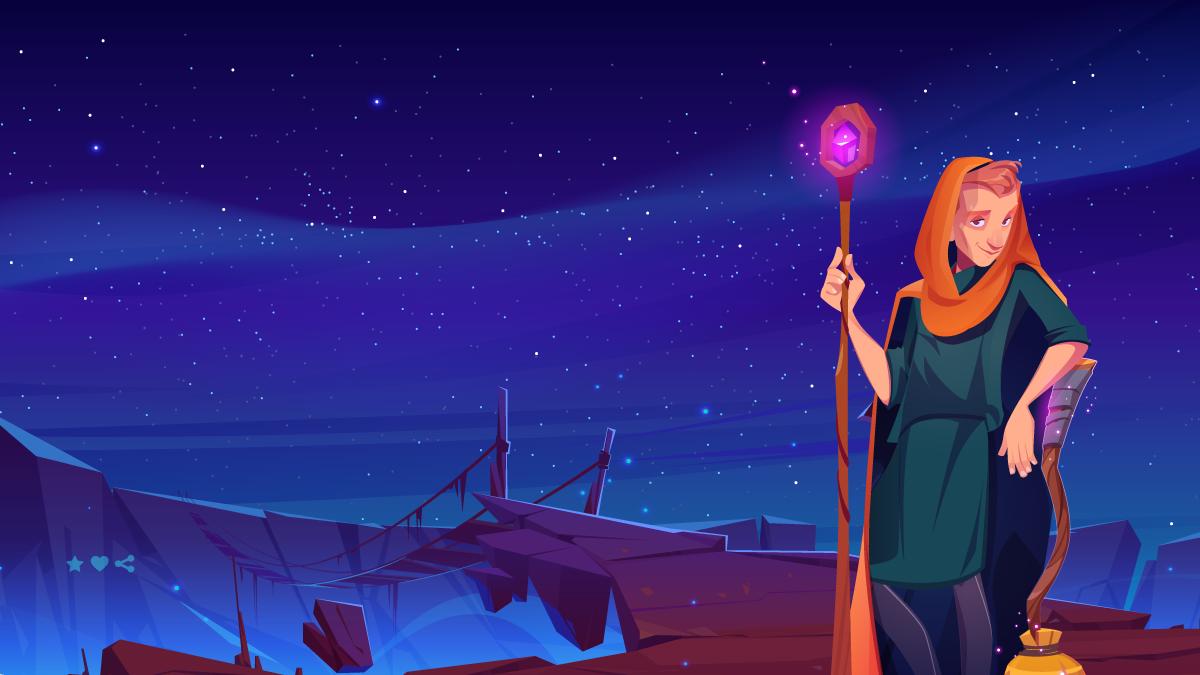
Celtic Mythology is one of the most intriguing in world history. It has been a source of inspiration to many writers, poets, and scholars for centuries. It contains stories about gods, goddesses, heroes, magical creatures, and supernatural events that are rooted in ancient folklore from Ireland, Scotland, Wales, and other parts of Europe.
In this article, we hope to provide an overview of some facts about Celtic Mythology so you can gain a better understanding of its depth and complexity. So, let’s get started.
Druids
One of the most important figures in Celtic Mythology is the Druids. These were people who acted as priests, healers, and magicians in pre-Christian Celtic societies. They had extensive knowledge of plants, animals, and natural phenomena which they used to solve problems or predict the future.
The Druids also played a major role in Celtic religious ceremonies and festivals.
Gods and Goddesses
The gods and goddesses of the Celts were believed to have control over many aspects of nature, including death, fertility, war, love, and weather.
The most important deity in the Celtic pantheon was Dagda, also known as “The Good God” who was seen as the chief of all the gods.
Other important deities include Lugh, the god of light; Danu, the goddess of knowledge; and Morrigan, the goddess of war and death.
Magical Creatures
Celtic Mythology is also filled with magical creatures such as fairies, dragons, giants, and sea serpents. These creatures were often seen as mysterious and powerful forces in the world that could both help and hinder humans on their journeys.
For example, the Celtic myth of Fionn mac Cumhaill tells of a giant salmon who helps the hero find his destiny by giving him magical powers.
Adults are as enthralled by the idea that fairies might exist as children are. There is something very magical about the very idea of them and that they might live at the bottom of the garden and only be seen by certain people.
Fire-breathing dragons are bound to thrill and provide the scare factor. They are thought of with the same affection as the dinosaurs that continue to fascinate the young so much. Anything on a gigantic scale is considered something to be in awe of.
Then nobody with great imagination, or otherwise, has to stick to the land with the idea of magical creatures because you can venture into the sea with them too. The Scottish legend of Loch Ness and the idea that there might be this giant creature lurking in the lake is a myth that helps with keeping other myths alive too. There are many supposed sightings of the beast, yet none are confirmed for definite. That is all part of the mystery.
Supernatural Events
Celtic myths contain many stories about supernatural events such as shape-shifting and resurrection.
These stories are often rooted in the belief that life is cyclical, with death being a part of the cycle rather than an end.
The most famous example of this is the myth of Cu Chulainn, who was able to reincarnate himself after his death by sinking into a lake and emerging as a young boy.
The idea of reincarnation is something that fascinates many people because we all wonder what happens after death and whether our relatives are being reincarnated in some way. Many hope that reincarnation is possible so that life never ends. It might as we know it but not completely.
Shapeshifting is about changing form and look and is an interesting concept of disguise.
Conclusion
These are just some of the facts that one should know about Celtic Mythology, and there is much more to explore.
Whether you’re looking for an educational resource or simply curious about this vibrant and mysterious culture, understanding the basics of Celtic Mythology can provide a great starting point for further research.




